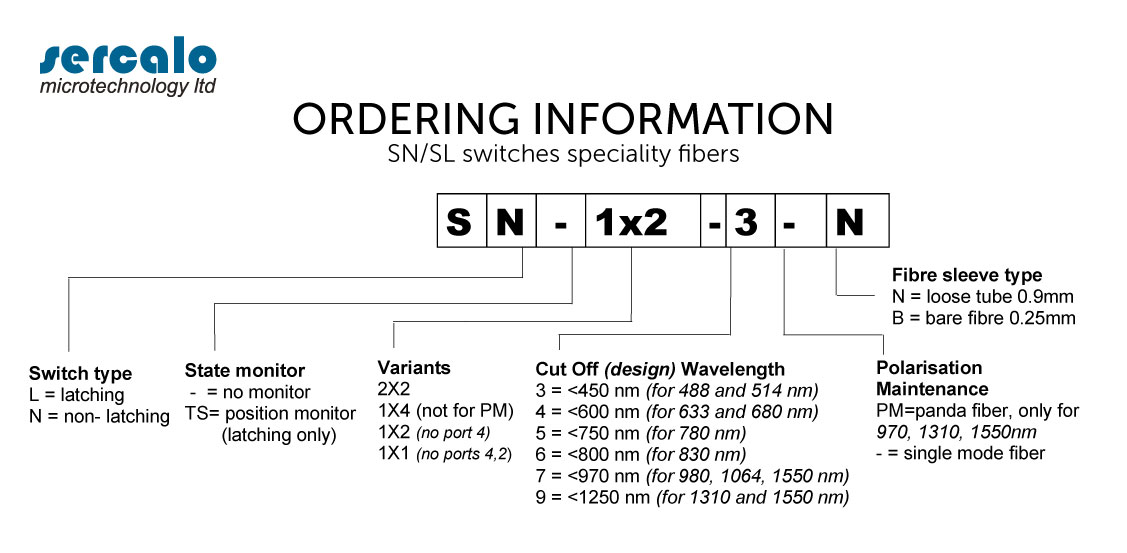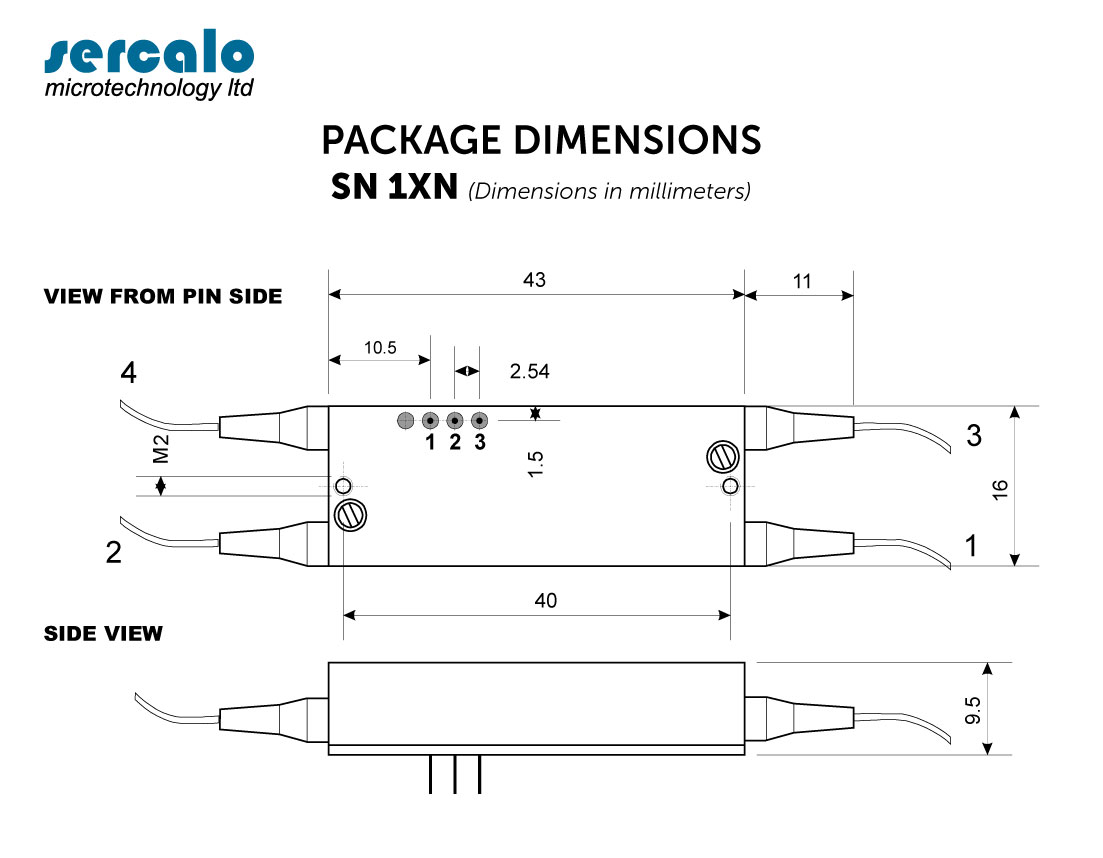Cookie Policy
This page informs users about the technologies that help this website achieve the above-mentioned objectives. This cookie policy is valid for the www.sercalo.com website, as well as for all its sub-domains.
These technologies enable the owner of this site to access and store information (for example, by using a cookie) or use resources (for example, by executing a script) on a user's device when the user interacts with this website.
For the sake of simplicity, all these technologies are defined as “cookies” in this document - unless there is a reason to differentiate.
This website uses both cookies managed directly by the owner and tracers that relate to the operation of services provided by a third party. As a matter of principle, third-party suppliers have access to the cookies they manage.
The periods of validity and expiry of cookies and other similar tracers may vary according to the lifetime defined by the owner or by the supplier concerned. Some cookies expire at the end of the user's browsing session.
Some or all of the cookies described below may be stored in your browser. To manage how cookies are used, you can refuse the use of certain cookies via your Google personalization settings at any time by accessing g.co/privacytools. You can also manage cookies in your browser (although some browsers for mobile devices may not offer this option). For example, if you use the Google Chrome browser, you can visit chrome://settings/cookies.
Analysis
Cookies used for analysis purposes help to collect data that will enable us to better understand how web users interact with a particular service. This information enables services to offer better-quality content and features that enhance the user experience.
Some cookies enable site managers to better understand how users interact with their properties. For example, Google Analytics is a Google product that enables site and application owners to understand the behavior of Internet users using a service. Google Analytics uses cookies to collect information and generate reports on site traffic statistics, without however transmitting the identity of visitors to Google.
How it works
Function-related cookies enable users to interact with a service or site to access its essential functionalities. Functionalities considered essential to the service include preferences (such as language choice), product optimizations that help maintain and improve the service, and the retention of information about a user's session (such as the contents of a shopping cart).
Some cookies are used to store a user's preferences.
Some cookies are used to maintain and enhance the user's experience during a specific browsing session.
Personalization
Allows storage related to personalization, such as video recommendations.
Security
Security-related cookies are used to authenticate users, prevent fraud and protect Internet users who interact with a service.
Some cookies are used to authenticate users and ensure that only the holder of an account can access it.
Some cookies are used to prevent spam, fraud and abuse.
Services used on this site
Google Analytics
The services contained in this section enable the owner to monitor and analyze web traffic and may be used to track user behavior.
Google Tag Manager
This type of service helps the Owner to manage the tags or scripts required on this website centrally.
As a result, user data passes through these services, potentially resulting in data retention.This website uses trackers to provide a personalized user experience by improving the quality of preference management options and enabling interaction with external networks and platforms.
Google Maps
Google Maps can be used on our website. This service is designed to make it easier for you to find your way around our premises.
Google Maps uses the following information:
- Devices or applications used
- Parallel activities on Google services (searches, advertising interactions, etc.)
- Geographical position
- Web sites visited using Google services
Google Search Console
Google Search Console is used to monitor and adjust our website's ranking, as well as to detect any errors. This tool also enables us to remove content from our site as quickly as possible, should we receive a request to do so.
YouTube
This website integrates videos from YouTube, in particular to help digest our indigestible cookie policy. YouTube does not sell user information. This information is used to personalize their services to viewers, in particular to offer recommendations, personalize search results and deliver relevant ads. Browse or delete your YouTube activity
When using this site, the Google Services Privacy Policy applies.
Data processing
By using the contact form(s) on this site, writing an e-mail or calling the telephone numbers listed on this site, you declare that you accept our data processing policy.




